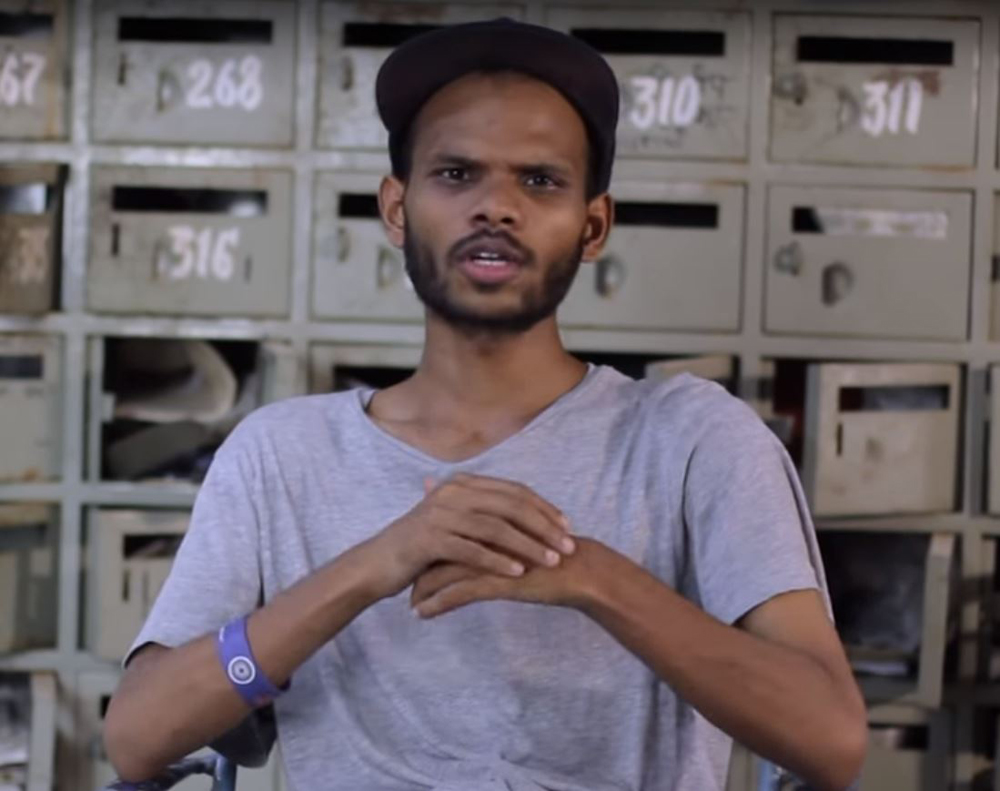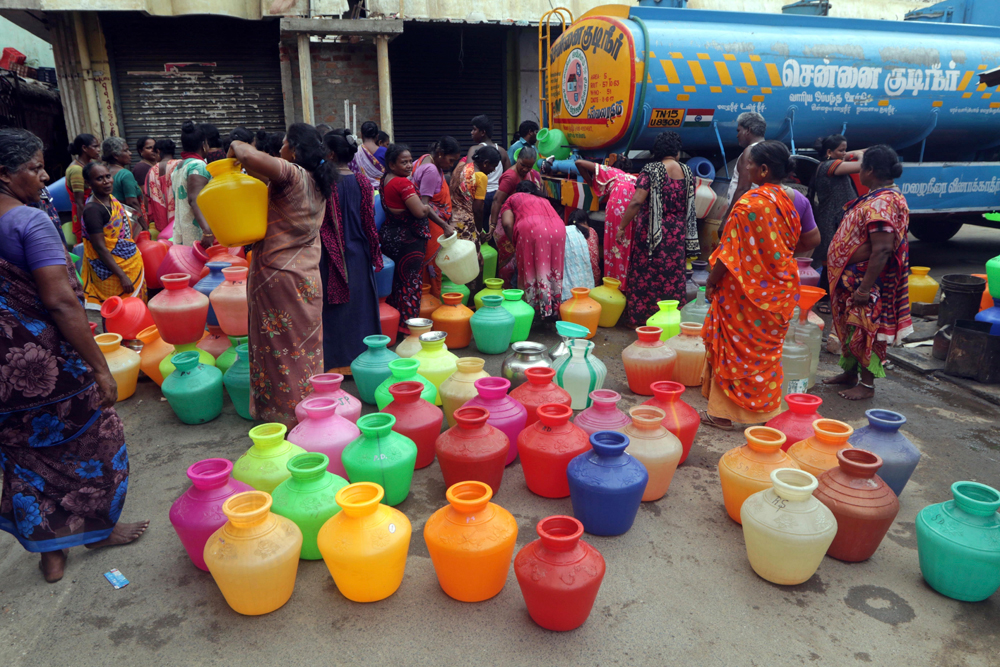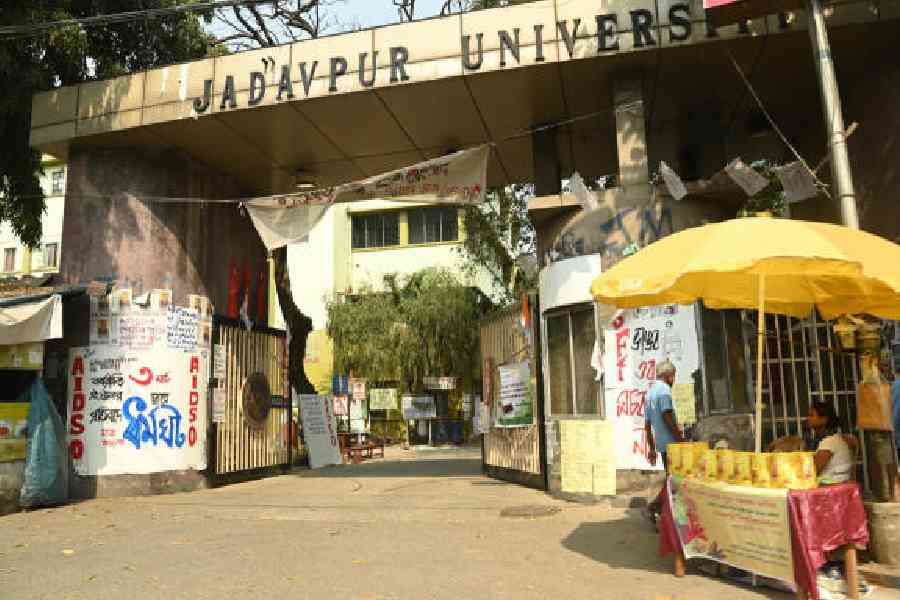The collection of essays on Dalit literature edited by S. Chelliah and Bijender Singh is an interesting read, but does not offer any new insight into the subject. The work, comprising 26 essays, introduces the readers to texts from various genres of Dalit literature, including novels, autobiographies, plays, poetry, scholarly works, short stories and music. The volume discusses texts from several Indian languages (English translations of these, in most cases), namely Tamil, Gujarati, Odia, Hindi, Bengali, Malayalam, Telugu, Marathi, Punjabi and English. Another noteworthy feature of the book is that it provides considerable space to the discussion on Dalit women authors and Dalit feminism.
The volume seems promising considering the variedness of the literature it seeks to critique, and while it expounds on interesting topics and texts, it fails to provide critical enquiry — for example, in the article on Gujarati Dalit poetry. Similarly, the piece which presents a comparison between the works of Bama and Sivakami and the chapters discussing the texts by Bechain, Mistry and Anand are devoid of any analysis and the readers find mere summaries of the works discussed.
The chapter which explores Dalit rap — a relatively unknown aspect of Dalit literature/music — and the chapter on Gogu Shyamala’s collection of short stories, which brings up the land question, are particularly interesting. The essay comparing two works of Mahasweta Devi is also a promising one but unfortunately a number of sentences and paragraphs are not in order, leading to the confusion of readers.
The editors as well as a few contributors use the terms ‘Dalit’ and ‘subaltern’ interchangeably and loosely. One of the contributors includes Marxist and LGBT literature in Dalit literature. The categories of Dalit and subaltern are often clubbed together in the book, overlooking the fact that they emerge from two different discourses. The ninth chapter is titled “The Silence of the Subaltern in Dalit Writings”, and what it argues is very different from what the title suggests.
Most of the essays, including the introductory one, begin with an explanation of the term Dalit, some comments on the caste system and untouchability and a brief history of Dalit literature. These are widely known in academia and repetitions in several chapters could have been avoided.
The language of most of the articles is lucid, barring one, which is replete with pointless jargon. Statements like “two idiosyncratic classes existing as analogous downtrodden stances in their relevant civilization and community” are not only confusing but also incorrect. The usage of politically incorrect language (“Negro”), typographical errors (“funeral palaces”), erroneous formatting, factual inaccuracies (Periyar and Guru were from Maharashtra; Phule used the word Dalit for the first time) could have been avoided.
Overall, the book presents a simplistic critique of the Dalit literature it examines, without going into nuances.
Dalit Literature: Journey from Repression to Resistance; Edited by S. Chelliah and Bijender Singh, Kalpaz, Rs 1,250













